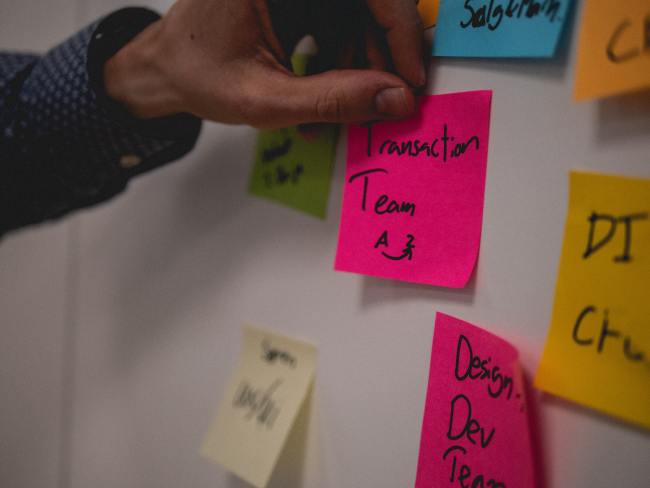
Everyone loves podcasts. Serial. Planet Money. 99% Invisible. Um, Continuum’s The Resonance Test. For many people, digitally spoken stories have become a necessary part of their media diet. They’re certainly a staple of mine. I look forward to my commute—imagine being happy to be lodged in bumper-to-bumper traffic!—because podcasts always treat my ears to some tasty new stories and ideas.
Recently I’ve been devouring NPR's How I Built This. In this podcast, host Guy Raz talks with entrepreneurs about their triumphs and trials as they construct their businesses. Participants include the people behind Lyft, 5-Hour Energy, and Instacart to name a few.
For many people, digitally spoken stories have become a necessary part of their media diet.
How I Built This provides many stories to inspire and motivate listeners. For instance, there’s the episode in which the Airbnb founders left their offices on the West Coast, went to New York, talked to customers, and understood that a good photo can make or break a listing. Or the one in which Sara Blakely, founder of Spanx, didn’t tell anyone she was working on her new business, to stay away from nay-sayers. And the episode in which Jane Wurwand of Dermalogica came to Los Angeles and introduced a completely new category of “skin care,” when everyone else was busy selling makeup.
But what snared my attention most, in How I Built This, were the acquisition stories—how big companies tried different techniques to fabricate cultural assimilation between themselves and their startups. This culture-grafting is important for both organizations and startups’s long-term growth. It’s a very familiar topic to me. At Continuum, we work with companies from multiple industries helping them build their innovation capability. Acquired startups are like internal innovation teams that need to be nurtured and dealt with differently than “business as usual” for them to be successful. It might require revamping performance metrics or developing a flat organization to facilitate decision-making. Firms trying to build their own internal innovation practice should learn from these examples of successful acquisitions. As I thought through some of these acquisitions, three central tactics emerged:
1. Understand Your Strengths Rather than Their Weaknesses
Acquired startups are like internal innovation teams that need to be nurtured and dealt with differently than “business as usual” for them to be successful.
Normally organizations tend to look at their acquisitions as younger siblings, discover their weaknesses, and help them out. But Coca-Cola took a different approach. On acquiring Honest Tea—which began in 1998 with three employees and $250,000 in sales—Coke merely provided them access to their world-class supply chain, which they knew would be enough to grow Honest Tea’s business. Nothing else. This strategy is an excellent example of an organization understanding its own strength and leveraging it to support the startup. In 2015, Honest Tea had 39 employees and $178 millions in sales.
2. Do Not Mend What Isn’t Broken
Companies that have been in business for a long time have set organizational policies and practices. To facilitate a smooth transition, often these organizations try to change the startup’s work style to match their own.
Amazon’s acquisition of Zappos is an excellent example of how an organization need not push its way of working onto a startup. When Amazon acquired Zappos, they allowed the shoe and clothing purveyor to be independent, maintain its unique culture, and deliver world-class customer service. Today, Zappos is a $1.2 billion company which is still trying different management experiments like holocracy—a system that replaces hierarchies and bosses with “self-management.”
3. Let Them Diversify
An acquisition can bring unique opportunities to expand. Broadening a startup’s niche market can help an organization build a strong long-term portfolio.
A perfect example is when Neiman Marcus pushed Kate Spade to diversify in different areas, such as shoes and stationery, thus making them a substantial part of their portfolio. In May 2017, Coach bought Kate Spade for a valuation of $2.4 billion. Similarly, when Otto group bought Crate and Barrel, they started selling Crate and Barrel products online, thus helping Crate & Barrel to reach larger audiences and be ready for the future.
Supporting a startup, like building innovation capability, requires a deep understanding of the new union, a cultural flexibility, and a willingness to change when change is required. When this happens, there is a happy ending for all involved. Question is: When will Guy Raz start a companion podcast called …And They Supported It?




